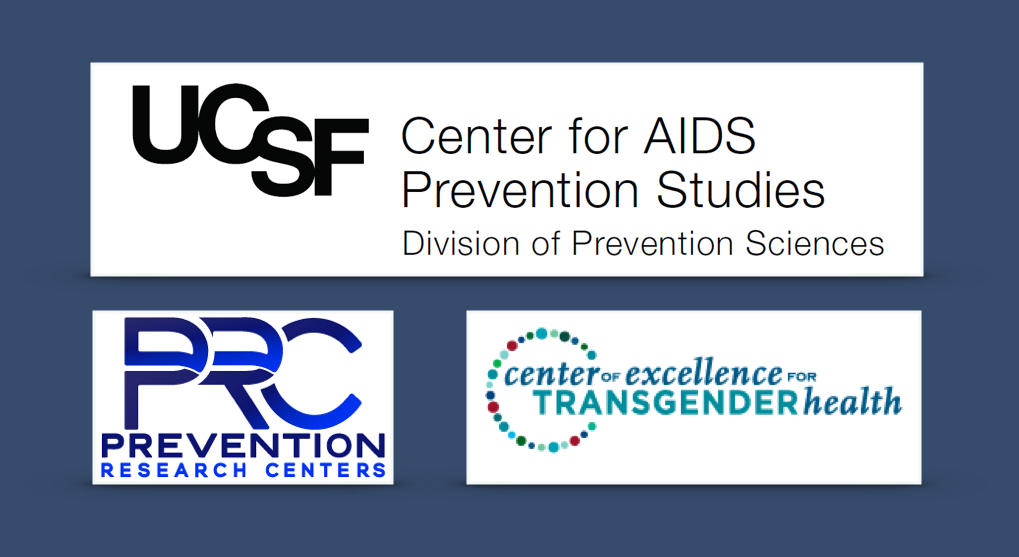Library
Influence of Stigma and Discrimination on HIV Risk among Men in China
- In Phase 1, we will explore the range of management strategies used to cope with MSM stigma via 30 in-depth qualitative interviews with MSM.
- In Phase 2, we will develop, using Phase 1 qualitative data and adapting existing quantitative scales, culturally-relevant measures of explanatory constructs of interest (e.g., MSM stigma management) to establish reliability and validity (N=170).
- In Phase 3, we will examine potential mediators (e.g., stigma management strategies, psychological distress, sexual contexts/situations) that explain how MSM stigma are linked to sexual risk for HIV with a respondent-driven sample of 500 MSM who will complete baseline and two follow-up assessments at 6 and 12 months.
A Pilot RCT of Expressive Writing with HIV-Positive Methamphetamine Users
Disclosure
Disclosure of HIV+ status is a complex, difficult and very personal matter. Disclosing one’s HIV+ status entails communication about a potentially life threatening, stigmatized and transmissible illness. Choices people make about this are not only personal but vary across different age groups, in different situations and contexts, and with different partners, and may change with time, depending on one’s experiences. Disclosure may have lifelong implications since more people are living longer, and often asymptomatically, with HIV. Public health messages have traditionally urged disclosure to all sexual and drug using partners. In reality, some HIV+ persons may choose not to disclose due to fears of rejection or harm, feelings of shame, desires to maintain secrecy, feelings that with safer sex there is no need for disclosure, fatalism, perceived community norms against disclosure, and beliefs that individuals are responsible for protecting themselves. This Fact Sheet primarily focuses on disclosure in the context of sex. Discussing and disclosing HIV status is a two-way street. Be it right or wrong, most people feel that when a person knows that he/she is HIV+ then he/she has an obligation to tell the other person, and counselors are encouraged to help people with this process. Also, laws in some areas require disclosure of HIV+ status prior to sex. However, both partners should be responsible for knowing their own status, disclosing their own status when it seems important, and asking their partner about their status if they want to know. Most HIV+ persons disclose their status to some, but not all, of their partners, friends and family. Disclosure generally becomes easier the longer someone has been living with HIV, as he/she becomes more comfortable with an HIV+ status. Disclosure to sex partners is more likely in longer-term, romantic relationships than in casual relationships (one-night stands, anonymous partners, group scenes, etc.). Disclosure also varies depending on perceived HIV status of partners, level of HIV risk of sex activities, sense of responsibility to protect partners (personal vs. shared responsibility) and alcohol or drug use.
Evaluation and Technical Assistance Center (ETAC) for the SPNS Culturally Appropriate Interventions of Outreach, Access and Retention among Latino/a Populations Initiative
The Evaluation and Technical Assistance Center (ETAC) at UCSF will provide leadership and support to demonstration sites implementing interventions to enhance HIV testing and diagnosis among out-of-care Latina/os, and to link and retain these populations in high quality HIV care. Over the course of the five year Initiative, the ETAC will:
- provide technical assistance (TA) to the demonstration sites regarding the development of innovative models for providing HIV and support services, as well as TA regarding methodological (both quantitative and qualitative) research design;
- conduct a rigorous multi-site evaluation of the implementation and outcomes of all interventions and the multi-site cohort as a whole; and
- lead and coordinate the efforts for publication and dissemination of findings and lessons learned from the Initiative.

Disclosure assistance (PCRS)
After more than 20 years of the HIV epidemic, with advances in treatment and increases in understanding and acceptance of HIV, getting an HIV+ diagnosis still can be a traumatic experience. HIV+ persons must come to terms with their own infection and be concerned with possible infection in past and future partners. Talking to partners about HIV is especially hard because even though it is a manageable disease, HIV still is not curable. Disclosure assistance services (also known as partner counseling and referral services or PCRS) are an array of voluntary and confidential services available to persons living with HIV and their exposed sex and/or needle-sharing partner(s). Disclosure assistance is cost effective and can play a critical role in identifying those individuals most at risk for HIV infection, and linking those who are infected to early medical care and treatment. Most HIV+ persons make the decision to disclose or not disclose to their partners on their own. But HIV+ persons may want support for telling their partners about HIV, whether by encouragement for self-disclosure or by having someone who is well-trained carefully and confidentially notify a partner for them. In one study, persons who received disclosure assistance were over three times more likely to have informed a partner of their risk. In the past few years, HIV counseling and testing programs across the US have shifted their emphasis from testing anyone, to finding and testing persons at greatest risk for HIV infection. At general HIV testing sites, around 1% of clients tested are found to be HIV+, whereas 8-39% of clients tested through disclosure assistance are found to be HIV+.
